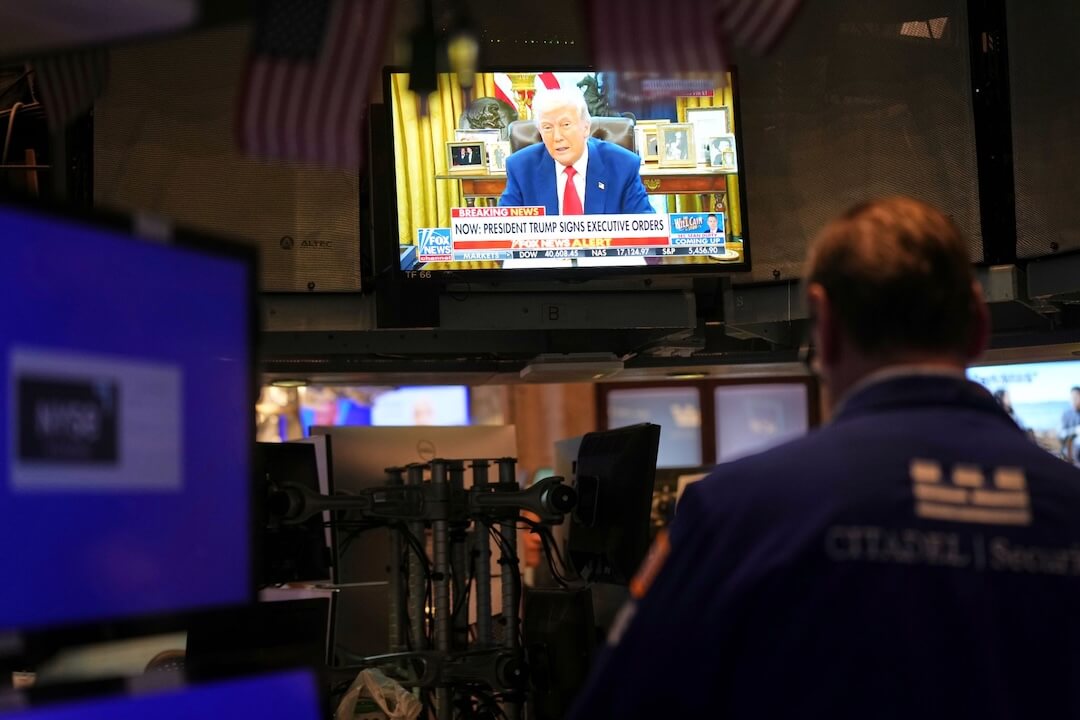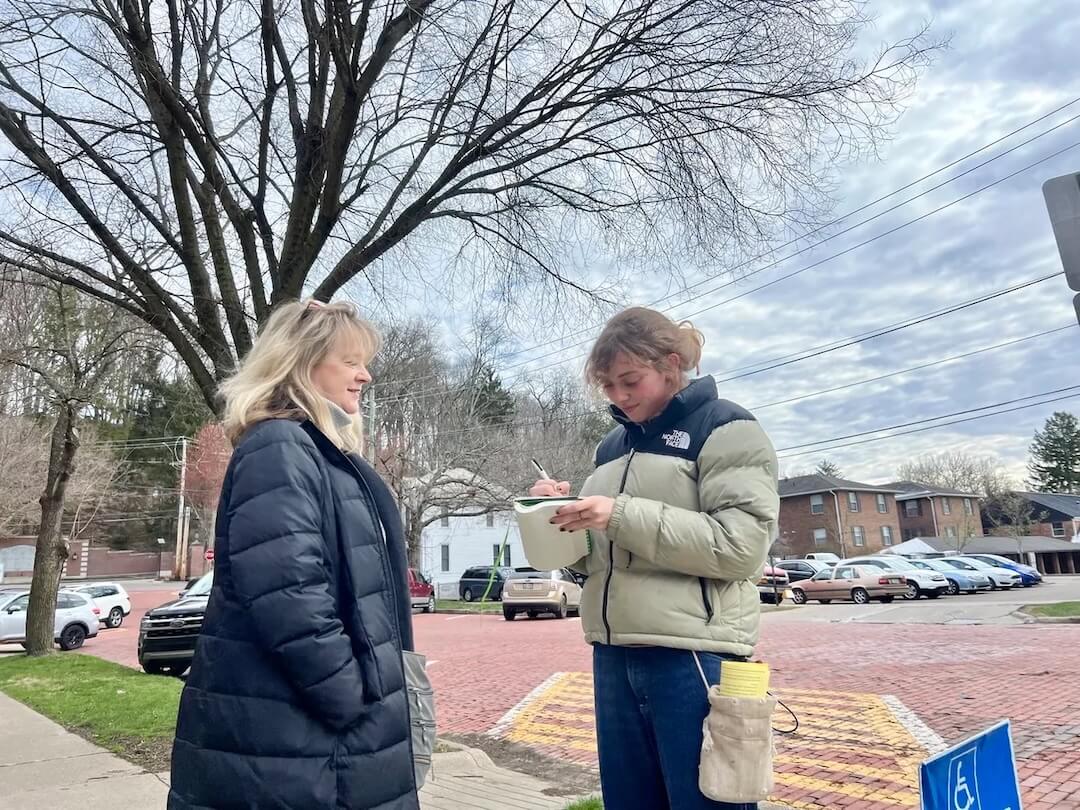Pulitzer Prize-winning Chicago Tribune writer Julia Keller is leaving the paper in June to teach at Ohio University and write novels, reports Robert Feder today. Keller’s Pulitzer in feature writing was awarded for a series of three stories about a tornado that hit northern Illinois. This is the lead of the first story:
Ten seconds. Count it: One. Two. Three. Four. Five. Six. Seven. Eight. Nine. Ten. Ten seconds was roughly how long it lasted. Nobody had a stopwatch, nothing can be proven definitively, but that’s the consensus. The tornado that swooped through Utica at 6:09 p.m. April 20 took some 10 seconds to do what it did. Ten seconds is barely a flicker. It’s a long, deep breath. It’s no time at all. It’s an eternity.
If the sky could hold a grudge, it would look the way the sky looked over northern Illinois that day. Low, gray clouds stretched to the edges in a thin veneer of menace. Rain came and went, came and went, came and went.
The technical name for what gathered up there was stratiform cloud cover, but Albert Pietrycha had a better way to describe it: “murk.” It was a Gothic-sounding word for a Gothic-looking sky. A sky that, in its own oblique way, was sending a message.
Keller’s stories appeared in “Best Newspaper Writing 2005,” an anthology featuring winners and finalists from that year’s ASNE contest. She wrote a short essay for that anthology describing “Lessons Learned” while reporting on the tornado. That essay is published below, online for the first time.
Allow me to quote that well-known prose stylist Dwight D. Eisenhower, who once opined that plans aren’t worth a damn, but planning is essential.
Much of the information gathered for a long series won’t ever be used. Many of our most treasured insights will be revised, then revised again and finally abandoned. The majority of our felicitous phrases — the kind that make us pause just after we come up with them and smile secretly to ourselves — will be relegated to the writer’s version of the cutting-room floor: the “delete” key.
The finished story would be a different thing, a lesser thing, without all the elements that are dropped or altered along the way. Behind every fact deployed in a story, there are a hundred other facts for which there isn’t space or need, but which deepen and sharpen and illuminate the finished product.
It took me awhile to warm up to this truth. After all, I had transcribed dozens of hours of interviews with multiple sources. I had hunted down and verified every last detail about certain moments in the story — eye color, a license plate number, air temperature — and I had composed, scribbling on a yellow legal pad after the day’s reporting was done, a covey of long, ornate descriptions of the people to whom I had spoken.
I had charts. I had graphs. I had plans.
Then, when it came time to actually write the damn thing, I had frustration — because, despite the story’s length, a great deal of my reporting had to go.
Yet I could not have produced the series without have first produced the pile of material that wasn’t ultimately used. My plans may have been shot to hell, but the act of planning was crucial.
Eisenhower’s aphorism, then, is terribly apt — or at least it was for me — as I worked for seven months on this three-part series.
There were facts, and then there were the shadows that congregated behind those facts. There were shades and subtleties and nuances that emerged only because I had taken note of the shadow-facts — the scuff marks on the side of a shoe or the way the clouds seemed to stack up in the autumn sky like sweaters in a drawer — and they retained power and influence over the finished story, even though they were not explicitly mentioned.
Quoting Joseph Conrad makes me feel itchy and pretentious — funny, quoting Ike never does that — but Conrad knew his stuff, too. The goal of art, he wrote, is to “render the highest possible justice to the visible universe.” Tall order, that, but it’s a goal important to journalism as well as to fiction. Perhaps even more important to journalism, as reporters listen and ask questions and look around and dig for fact after fact after fact. And then we select the few facts that bring justice to bear upon this gorgeous heartbreak of a world.







Comments